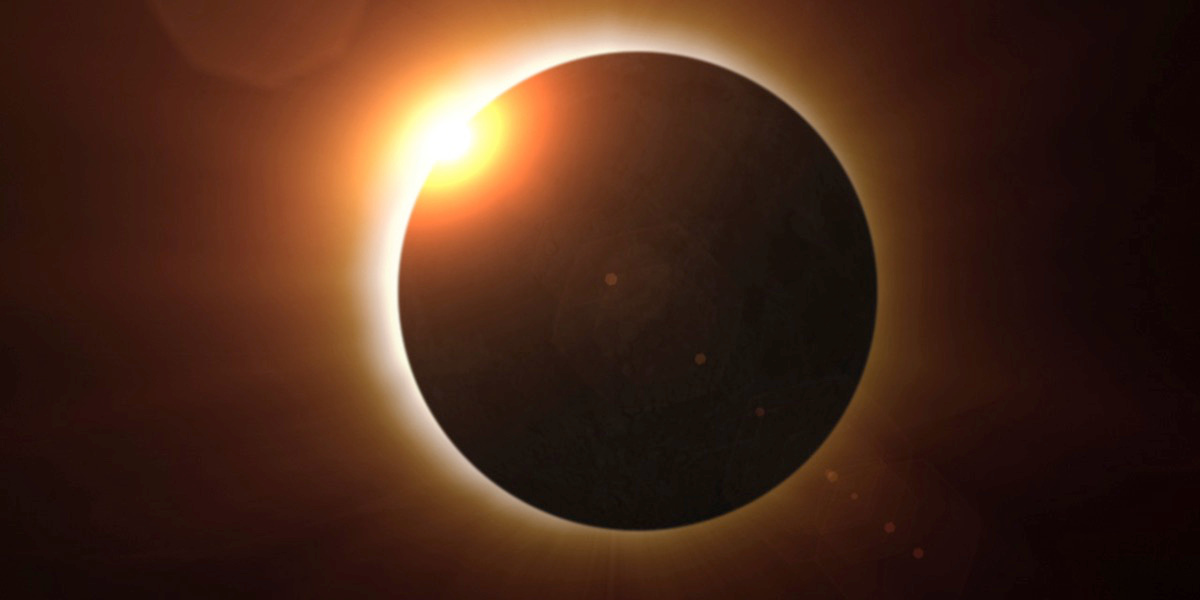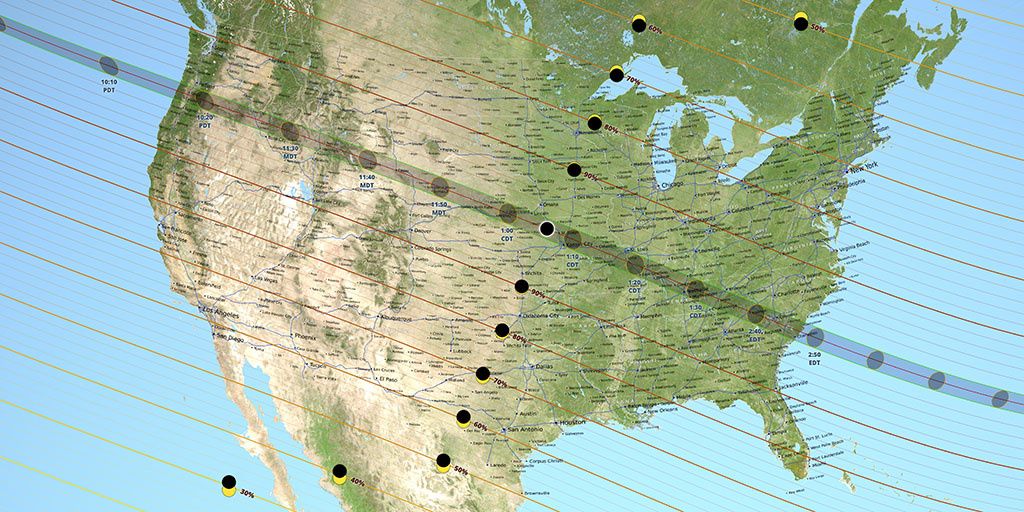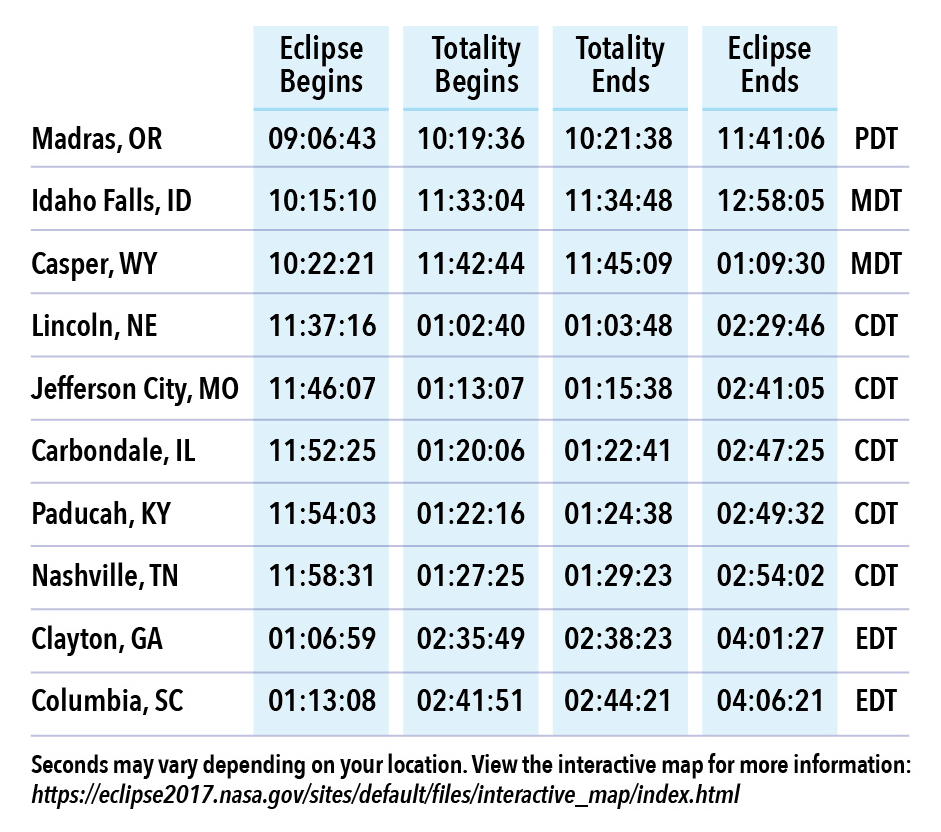

Total solar eclipse. NASA
Just yesterday at my local supermarket checkout line, I was innocently asked why I needed to pick up a pair of solar eclipse glasses. “Um, because I could go blind,” I responded. “You should get a pair, too.”
You see, I happen to live on the South Carolina coast, which is right on the path of totality and the last stop of the Great American Eclipse of 2017 (it’s unofficial nickname). Many people are getting excited for this special event, and it’s clear that some of you have pertinent questions. I’m here to help.
What’s happening exactly?
On Monday, Aug. 21, the U.S. will be treated to a celestial spectacle. Those lucky enough to be on the “path of totality”—a 70-mile wide stretch that extends from Oregon to South Carolina—will get to see the sun’s disk completely obscured by the moon (weather permitting, of course).
Observers will also get the rare opportunity to look directly at the solar corona, the radiant, outermost part of the sun’s atmosphere. NASA says this is the first total eclipse to cross from coast-to-coast since 1918.

Does this mean it go dark?
If you are in an area with a high percentage of obscuration, yes, you will be in near darkness. But it only lasts a few minutes. Those not near the path of totality will see sunlight coming through.
Where and when will it happen?
Lincoln Beach, Oregon gets to see the eclipse begin around 9:05 a.m. PDT. It then crosses through Oregon, Idaho, Wyoming, Montana, Nebraska, Iowa, Kansas, Missouri, Illinois, Kentucky, Tennessee, Georgia and North and South Carolina. It ends near Charleston, South Carolina at 2:48 p.m. EDT.
Check out this chart for exact details:

But I don’t live on the path of totality. Can I still see it?
Very likely! Even if you’re not on the path of totality, anyone living in North America can see at least a partial solar eclipse, where it will look like the moon took a chunk out of the sun. If you don’t live in the U.S., the northern parts of South America and areas of Europe and Africa will also see a partial eclipse.
Do I really need solar eclipse glasses?
Yes. You could severely damage your eyes if you look directly at the sun. Regular sunglasses, binoculars and camera lenses will not do. You need a pair certified by the ISO 12312-2 international standard that have a special-purpose safe solar filter that blocks solar UV and infrared radiation. Due to reports of counterfeit glasses flooding the market, you’ll want check on this Reputable Vendors of Solar Filters & Viewers page if your viewers comply.
Can I watch the eclipse if I don’t have special glasses?
You can remove your glasses or look at the sun with the naked eye only when the sun is totally blocked by the moon.
Don’t be tempted to look during any other point—even a tiny sliver of the crescent sun can burn your eyeballs. As Ralph Chou, professor emeritus at the School of Optometry & Vision Science at the University of Waterloo in Canada, told Space.com, “I have seen instances where the patient has eventually shown up with crescents burned into the back of the eye, and you can almost tell exactly when they looked.”
If you can’t get ahold of a pair of eclipse glasses, you can create simple pinhole projectors, a fun project for kids and adults alike. Also NASA will host a live stream which will play on NASA TV, YouTube and other TV stations.
Will traffic be bad?
It’s likely. About 220 million Americans are within an hour’s drive to states in the path of totality. Some cities are preparing for Superbowl-like conditions with expected congestion and travel delays.
Can I bring my dog to watch the eclipse?
Sure. Your dog, and your cat for that matter, instinctively know not to look directly at the sun and will probably ignore the event, animal experts say.

 233k
233k  41k
41k  Subscribe
Subscribe 